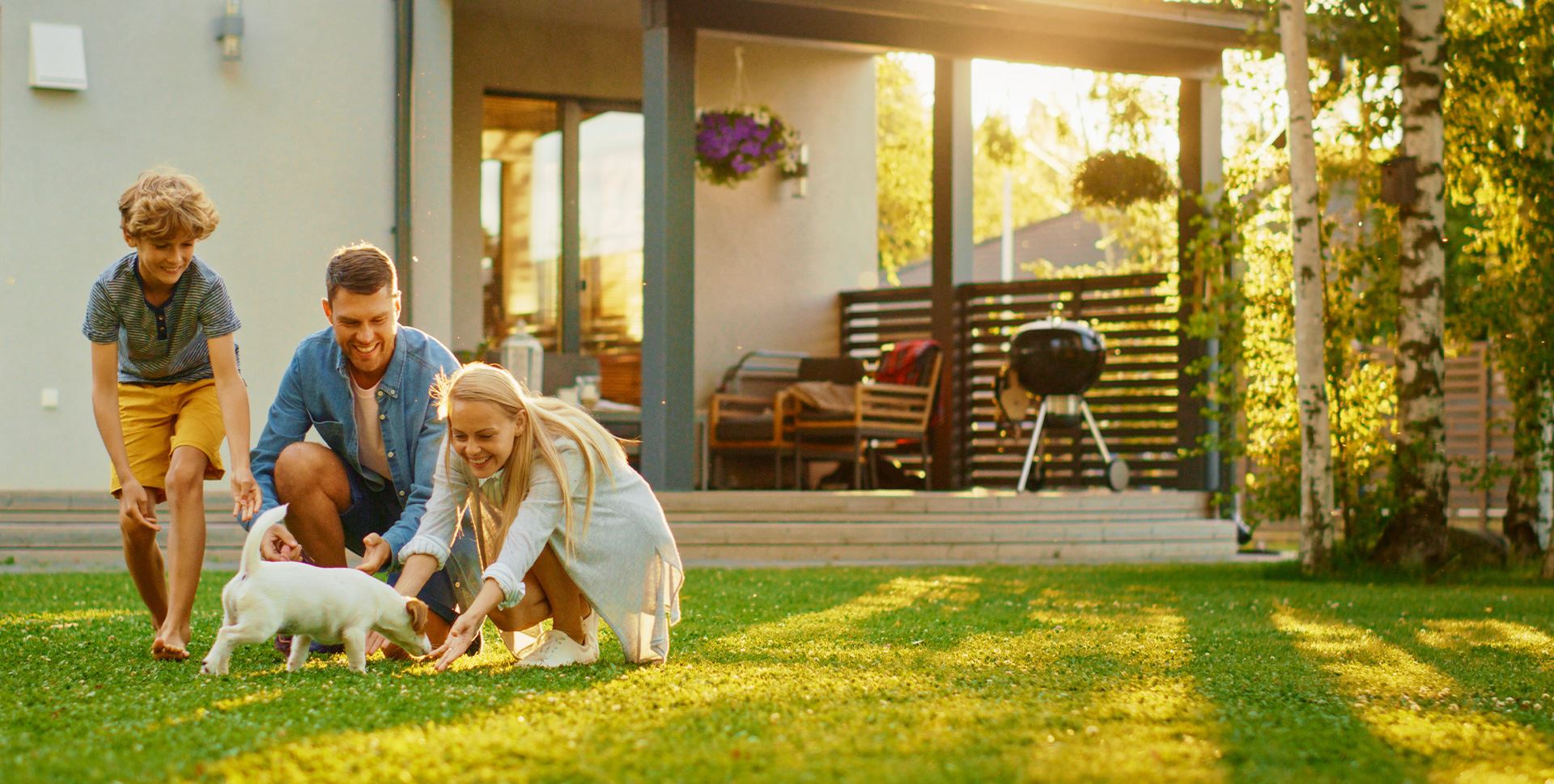




Wasp Identification
What are wasps?
Wasps have long thin bodies and defined waists. They come in a variety of colors but are usually a combination of black, brown, yellow, orange, or white. They have long, thin wings and six thin legs that dangle below their bodies when in flight.
The wasp is a common type of stinging insect with a stinger that extends from the end of their abdomen that they use to defend themselves and hunt prey.
Wasps are responsible for some pollination, but their main benefit to the ecosystem is helping to control unwanted, nuisance insects through their feeding habits. However, when in our yards, wasps are unwanted pests because their negatives (stinging us) greatly outweigh their benefits.
Are wasps dangerous?
Staying away from wasps and avoiding their stings is important whether you are allergic to their venom or not. Wasps have a smooth stinger, giving them the ability to deliver many painful stings to a single victim.
Being stung by wasps is a very unpleasant experience, and for those allergic to their venom potentially life-threatening. Those allergic to wasp venom could experience the following symptoms:
- Wheezing or difficulty breathing
- Hives
- Localized pain and swelling around the sting site
- Swelling of the throat or mouth
- Anaphylaxis
Why do I have a wasp problem?
Wasps are opportunistic pests that will take advantage of any property, providing them with food. Highly attracted to sugary foods and proteins, wasps readily feed on many of the same food we do. Our property’s trash cans, recycling bins, compost containers, gardens, and fruit trees attract wasps. These winged pests don’t have to have a nest on your property to be a problem; they can fly over from neighboring properties to feed on the food sources your yard offers.
Where will I find wasps?
Wasps will live almost anywhere and can be found nesting or foraging for food in meadows, wooded areas, orchards, deserts, playgrounds, city centers, and suburban neighborhoods. Any of our Queen Creek area properties can become a place that wasps call home.
Wasps prefer to build their nests in areas that provide them with a lot of protection. It is common to find a wasp nest in the following areas of our yards, and depending on the species, they may nest in the ground or aerially.
- Behind siding
- Behind light fixtures
- Under roof eaves
- Under decks
- Doorways
- In trees or shrubs
- Inside holes in the ground
- Within woodpiles, tree voids, or tree stumps



Why Choose Quell Pest Control?
-
Locally Owned & Operated
-
Unlimited Free Re-services
-
Pet & Kid Friendly


How can I prevent wasps in the future?
We want to offer some tips to help you protect your family and property from predatory, stinging wasps. Doing things like removing their access to food and water are most helpful.
- When eating outside, keep all food dishes and drink containers covered.
- Clean up leftover food from outdoor eating areas as soon as you finish eating.
- Keep tight-fitting lids on trash cans and recycling bins to keep hungry wasps out of them.
- Maintain gardens and fruit trees.
- Cut flowering tree branches and shrubbery back away from your home’s exterior.
- Repair leaky pipes or dripping air conditioners that could supply wasps with a water source.




Happy Customers in Your Neighborhood
Hear From Our Happy Customers
-
“And the bonus, is their product is pet friendly once it dries.”- Natasha D.
-
“We enjoy that they take their time and always ask if there are any concerns.”- Rachel N.
-
“They continue to exceed my expectation.”- Michele E.
-
“Andrew did a wonderful job of explaining how this works and set our minds at ease.”- Rosanna D.


Quell Pest Control's Blog
Want all the latest news or updates? Browse through our blog to read our most recent posts and featured articles.
